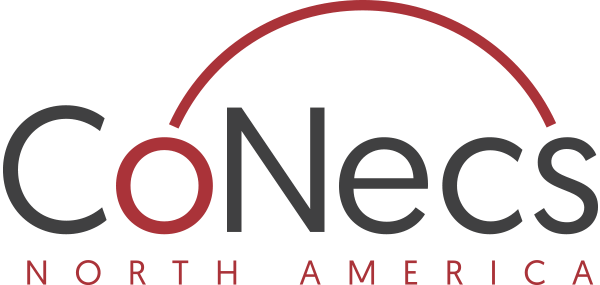Bigger Isn’t Always Better
The hidden truth behind the David and Goliath Story
I recently started a new online course, Masterclass.com, where you learn from Masters in various industries. Steve Martin teaches comedy, Paul Krugman teaches economics, Malcolm Gladwell teaches non-fiction writing, Michelin-rated chef Tomas Keller teaches cooking, and so on. What a pleasure it is to learn from experts in their respective fields, and gain insight based on their vast experience.
Last week, in the non-fiction writing class, something from Malcolm Gladwell, related specifically to the advertising/PR industry, struck me: “Bigger isn’t always better.” His premise started with the famous David and Goliath story: Was it simply divine intervention that helped young warrior David slay the behemoth giant?
Gladwell goes on to state that history shows that Goliath was, in fact, blind. And being a large, blind giant gave him little defense against a nimble, close-to-the-ground, young warrior.
When I started our advertising/PR agency more than 10 years ago, I did so knowing that, while it may take some time, the advertising industry, like many others, was changing. I saw that the “Mad-Men”-style large agency – with highly compensated executives at the top, and large swells of junior staff, required to bill eight hours a day – was a dying model. Yet many remain enamored with the idea that “bigger is better.”
Today, in-house agencies are on the rise within corporations and large non-profits. This is happening, in part, because the disruption of digital media forced organizations to recognize the need to provide important content to their customers on a regular basis, and they assumed the best way to do this was through in-house teams. Digital employees, buys, and strategies are not high-expense outputs, and corporations could fill these staff positions at lower costs.
But the question is this: Is an in-house agency truly sufficient to provide the important perspective clients need to properly position themselves in the vast, competitive landscape? Or are corporations and large non-profits like Goliath, with a dimmed view of what’s really happening on the ground in a rapidly changing marketplace? What do corporations and large non-profits really need?
In my view, these large entities need a nimble outside agency with the expertise they themselves do not fully possess, with industry experts and high-level professionals who are at the top of their game and in touch with on-the-ground changes providing strategy, consultation, and authentic creative campaigns to support evolutions and market shifts. A smaller outside agency can better augment the capabilities of in-house agencies, at a price point that yields the increased ROI that comes from eliminating the capital necessary to keep a large agency afloat.
While organizations are expanding their in-house teams, managing the details of a robust marketing/PR strategy still requires more manpower than most companies can manage, and they will likely need an outside agency for assistance. And there may be those who are still enamored with the idea that “bigger is better.” But soon enough, they will begin to feel weight of the high cost and duplicative efforts of large agencies that are, well, another Goliath, behind the change curve, and not nimble enough to support the needs of a rapidly changing industry and market.
Expertly evaluating your needs and determining what type of agency is the best fit is essential to ensuring that your brand is managed well and is keeping up with the vastly changing marketing landscape. Imagine the results if David and Goliath were to work together.
Lisa Urias
Managing Partner


